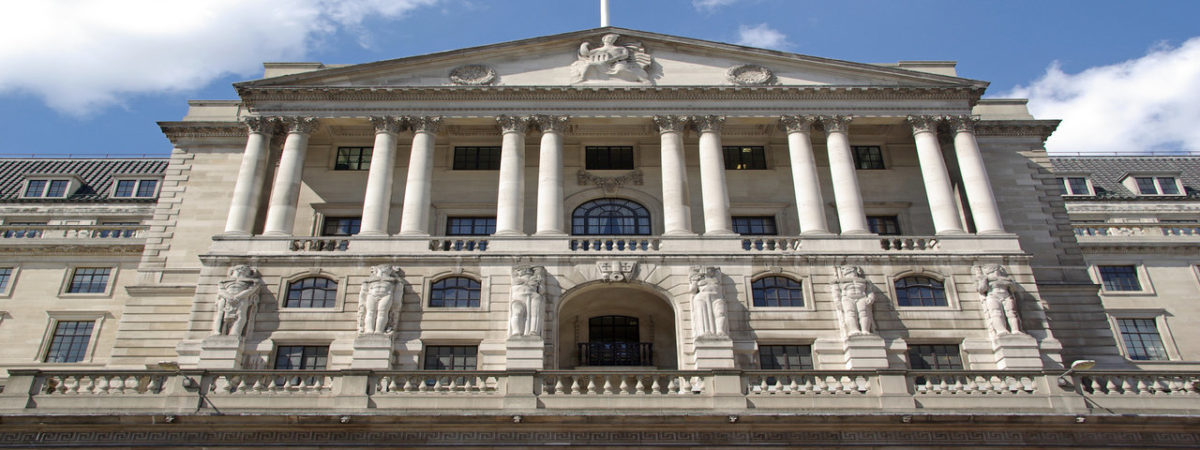Fiscal stimulus policies were doomed to fail
SUGGESTED



The text of the first edition of Free Market Economics: An Introduction for the General Reader was written in a kind of white heat over twelve weeks during the first months of the worldwide introduction of stimulus packages in response to the financial crisis. The absolute dead certainty I had was that public sector spending whose only aim was to create jobs would end in disaster, as it most assuredly has.
I had no idea how much more I wanted to say until I came to write the second edition which to my eyes has far transcended the first, having been fashioned out of what I learned by teaching the first edition for five years while also watching how economic events unfolded following the stimulus.
That the policies adopted over the past five years – which have been based on standard economic theory – are ruining our economies is beyond any doubt. But the reasons for this will nevertheless remain incomprehensible to anyone who continues to believe that aggregate demand is a valid concept in trying to make sense of economic events or that a focus on microeconomic equilibrium conditions has much if anything to do with explaining how an economy works.
Yet you cannot go to any standard economics text even for an inkling of why that is. They cannot explain to you what has gone wrong or why.
To understand any of this you must first understand Say’s Law. Say’s Law was the bedrock principle of economic theory from the earliest years of the nineteenth century until swept away in a fit of distraction by the publication of Keynes’s General Theory in 1936.
It is founded on recognising that only value adding production can create economic growth. The most central section of my book is the chapter on value added, a discussion found in no other text that I know of. Yet without understanding value added, understanding that every form of production not just creates more goods and services but also at the same time uses up existing goods and services during the production process, it is impossible to think about public spending and economic policy correctly.
Only if what is produced has greater value than the resources used up can an economy grow. Government spending seldom creates value. The stimulus was therefore doomed to fail, as are so many of the policies adopted today.
The strangest part about the book, however, was for me to discover my own beliefs on the nature of economic theory in so many other areas. There is not a chapter in it that would fit into a standard economics text. All of it takes you back to an earlier time and a different theoretical matrix.
Space is too short to tell you much more but let me draw you to the cover which shows a water mill on a plaque made of clay. This is because the two most important influences on my own way of thinking have been two of the greatest economists England has ever produced, John Stuart Mill and Henry Clay.
Their ideas are returning. There are a number of strands at the moment which go under different names: Austrian, Behavioural, Complexity, Evolutionary. There is an effort being made to restore the economics of the classical economists since it was their theories that made economics the engine of ideas that it became. What Free Market Economics does is provide an introductory understanding of the ideas that have now been largely scattered to the winds and which are now being put back into place.
I can do no more than encourage you to read this book. It is a defence of the market economy published at a time when there may never have been a greater need for such a defence.
Steven Kates is the author of Free Market Economics: An Introduction for the General Reader (second edition).



